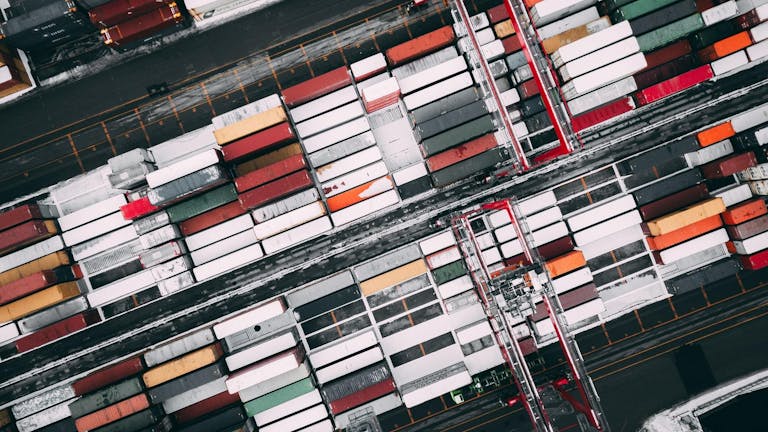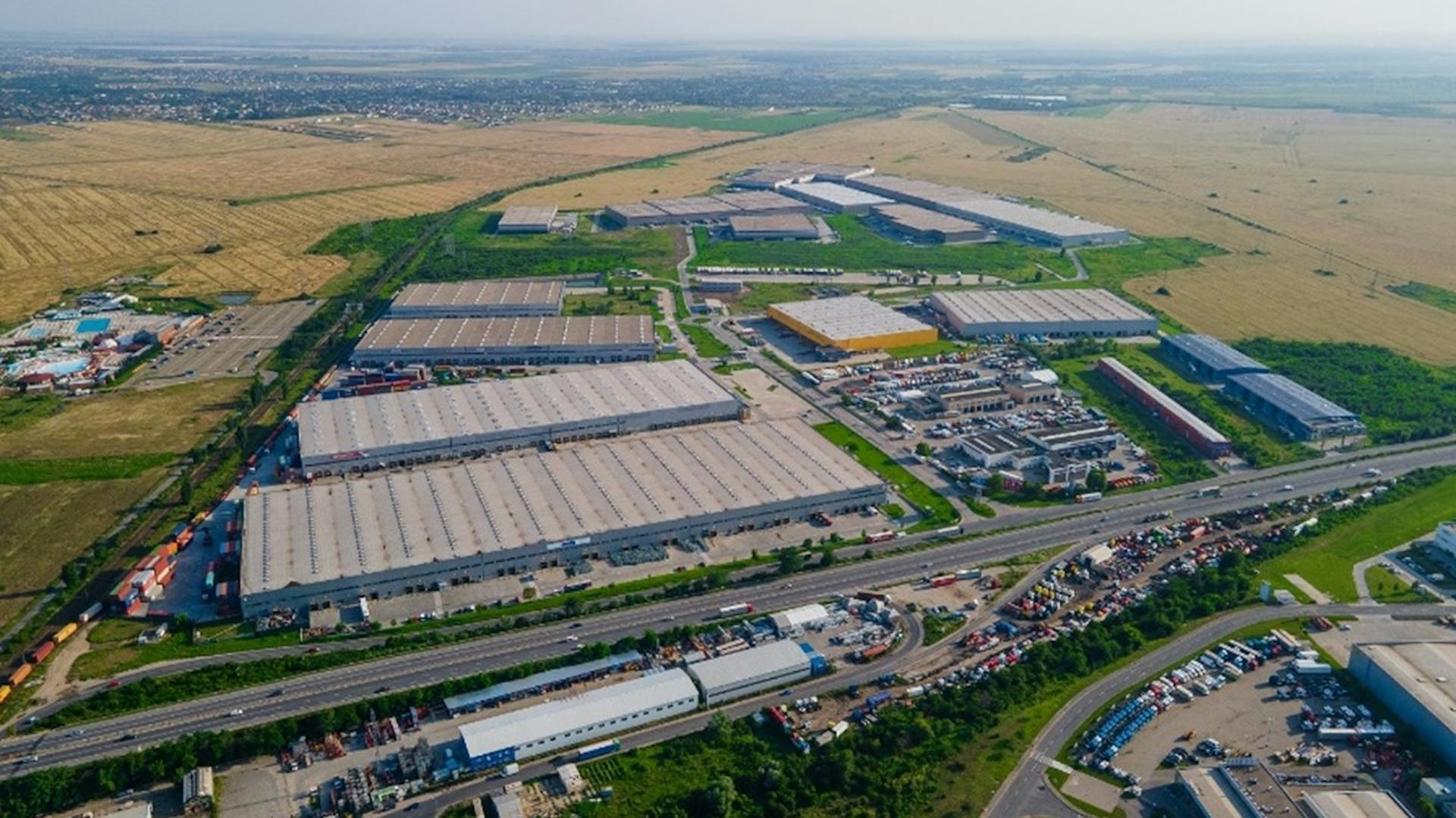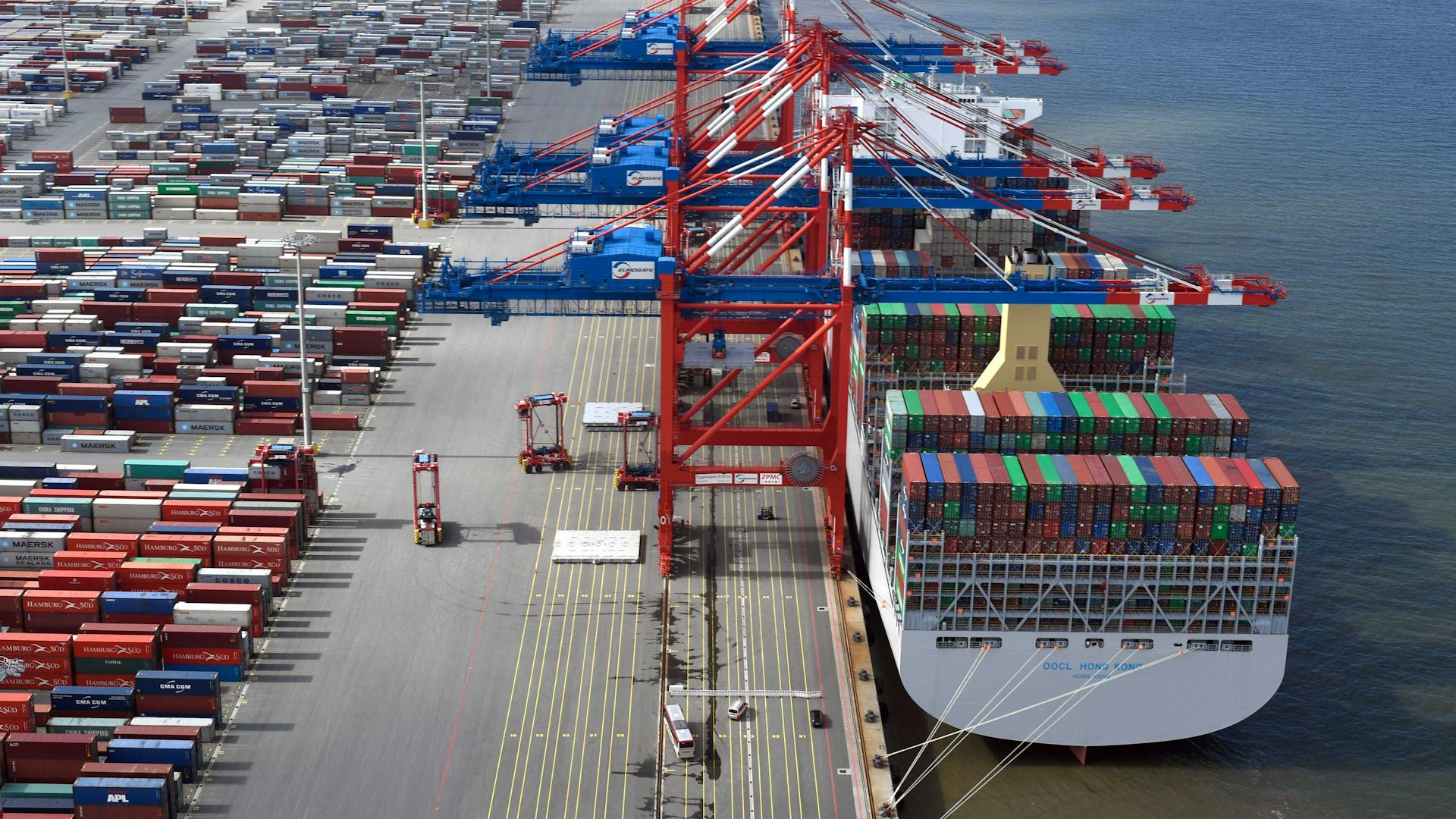In the recent years of container terminal industry, equipment and process automation has become a common design guidelines for greenfields planning and brownfields revamping.
Automated Quay Cranes, Stacking Cranes, Shuttle Carries, AGVs, remote driving consoles and smart devices for Real Time Location systems, OCR, Automated Gates, automatic inventory and hand off system, have proven their effective value on many projects, but Economic justification is anyhow required.
Very often this justification is based on the quantification of cost savings from increased production, increased uptime and reduced raw material costs, yet there are also more “soft” beneficial aspects like increased flexibility (to be debated according to each project) and safer environments.
The bottom line is always what makes a company more competitive.
The development of automation
Automation has always been at the forefront of logistical operations after the first industrial revolution started with the introduction of the steam engine. The steam engine and the other enabling technologies such as electricity with the electric motor (and its derivatives) has pushed the substitution of manpower in manufacturing and, in a more broad sense, in all production and industrial activities.
The coming of the computer and its marriage with machinery then pushed automation in production and assembly lines even further, while simultaneously increasing speed, precision and availability.
With larger computer capacities and more powerful computers, automation was able to spread beyond the simple substitution of “manpower” by “mindpower” with all the activities in an enterprise aided or even substituted by ICT. The marriage of information with communication has brought together soft and hard aspects of the production and logistic chain in the industrial fabric of our societies. For long time it was called CIM – Computer Integrated Manufacturing – with the idea that the computer could integrate all the industrial activities.
We know now that this integration took a long while and it was more difficult than it was thought to be at the beginning. However, in recent years the development of new software tools and the increased power of computer hardware has allowed a push forward that is bringing a real new revolution. We are really on the edge of a profound transformation, or what is called by some researchers as the “The Second Machine Age”1, that is, after machine substituting the body power of man, the machine is substituting the mind power of man. Sometimes this is also called AI (Artificial Intelligence) another form of automation.
Automation now
Automation has many facets and has been and still is the key driver in the transformation of production. All production activities; whether they be in push or pull economical markets, are a careful balance between a fixed and a flexible automation. In order to assess the past, present and future of flexible automation, it is necessary to evaluate the production paradigms, the respective drivers and enablers and how they interact with the human and industrial life cycle2.
The context in which automation is evolving is made up of elements such as existing technologies, contemporary society and market forces. As widely agreed, the most relevant tendency that occurred during the years moved from the request for high volumes of undistinguished products to be sold at widely affordable prices, to the current demand for customised and continuously changing products. In parallel with this, society now demands environmentally friendly products while also pushing for the continuous modification of environmental laws and of products.
Four main requirements have now emerged that are driven by market competition and society:
- The need for lower prices
- The need for customisation
- The need for innovation
- The need for environmental consciousness
Such requirements have impacted production inducing three main common necessities, which were faced by different production paradigms:
- Productivity
- Customisation
- Agility
It should be noted that “production” in this context not only includes the processes of transformation of matter into products, but also the logistic processes to transport the goods along the value-added-chain and from the end of the value-added-chain to the market and the consumer.
Implementing automation
The term automation was introduced in 19463 to describe the production practices developed, as previously described, to respond to a context oriented towards productivity and repeatable quality. Though introduced in the middle of the 20th century, it is still adopted in several industrial sectors.
Automation, as it was said, has a different degree of rigidity, flexibility and agility. One of the first instances of flexible automation was in manufacturing with the so called FMS (Flexible Manufacturing System) consisting in production and/or assembly machines connected by transportation systems and/or robots. A large survey4 was conducted among several companies that were asked to provide information about:
- The type of flexible system they installed
- Their experience with the system
- The most relevant future directions of development
The most relevant findings can be summarised in the following points:
- Respondents were equally divided as to whether FMSs were being operated close to their potential performance (41% YES / 41% NO) and whether FMS’s performance had met their expectations (35% YES / 25% NO). 20% of FMSs failed and are not currently utilised
- The industry is very dissatisfied with the initial capital investment in FMSs, and is not pleased with the cost of maintenance
- Industry is purchasing more capacity and functionality than initially needed. This extra capacity was never utilised in 20% of the cases, and the extra functionality was never utilised in 30% of the cases
- Although industry is interested in adding more capacity and functionality into the exiting system, they consider FMSs to be an expensive solution
As can be seen by this example, the decision to implement automation is not based on pure cost factors or ROI but must be based on a complete evaluation of the requirements for present and future production needs.
Future of automation
Based on the obtained results, conclusions have been drawn concerning the most relevant topics to be addressed in the future. In particular, such major research topics were indicated as system cost (as this resulted to be by far the most important factor in future success of large manufacturing systems) and system reconfiguration capabilities (as this was the second ranked important issue, including machine modularity and the ease of upgrading system capacity or to new technologies). Consequently, future research should be focused on:
- Reduction of system cost
- Design of system for reconfiguration
It is important to note that the emphasis on cost and the occurrence in system reconfigurations shifts the attention on the management of the entire lifecycle of manufacturing systems.







